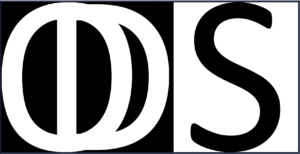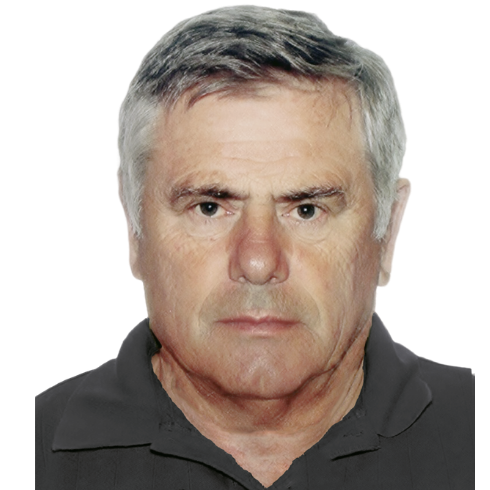DNA-Caryometry

What we do
AI-Assisted, low-impact cancer diagnostics
Diagnostic DNA-Caryometry
A combination of AI-based diagnostic classification of nuclear images and the assessment of DNA-aneuploidy as indicator of malignancy.


Prostate cancer prognosis
DNA-Cytometry can provide important additional information for the prediction of individual prostate tumour progression and can assisst in developing an appropriate treatment plan. DNA-cytometry is an accurate method for the grading of malignancy, especially for prostate tumours. The content of the DNA is measured in hundreds of cancer-nuclei. The increase of DNA-matter per nucleus and their variation provide an objective and more accurate and insight into tumour malignancy than the Gleason-Score. DNA-Cytometry can help patients with a clinically insignificant low-stage carcinoma base their decision for or against an active surveillance strategy on a scientific foundation.



